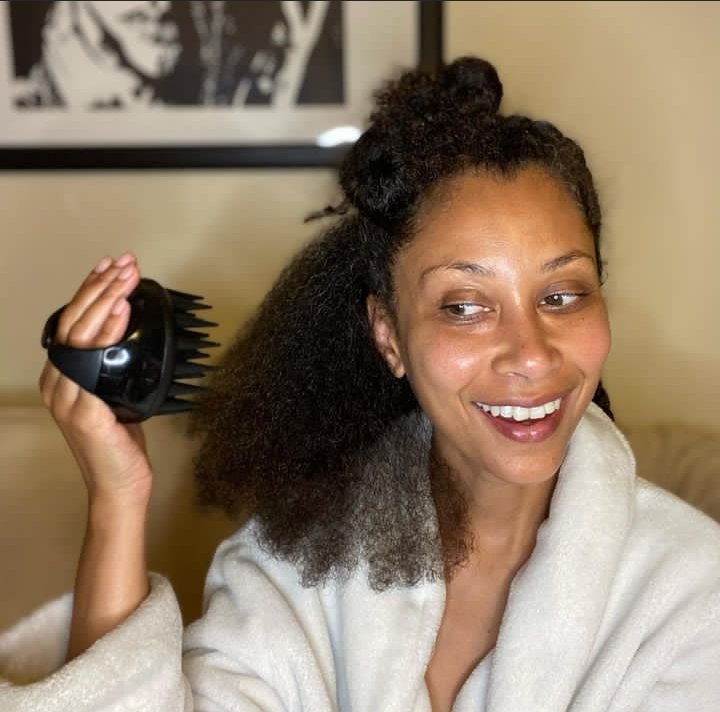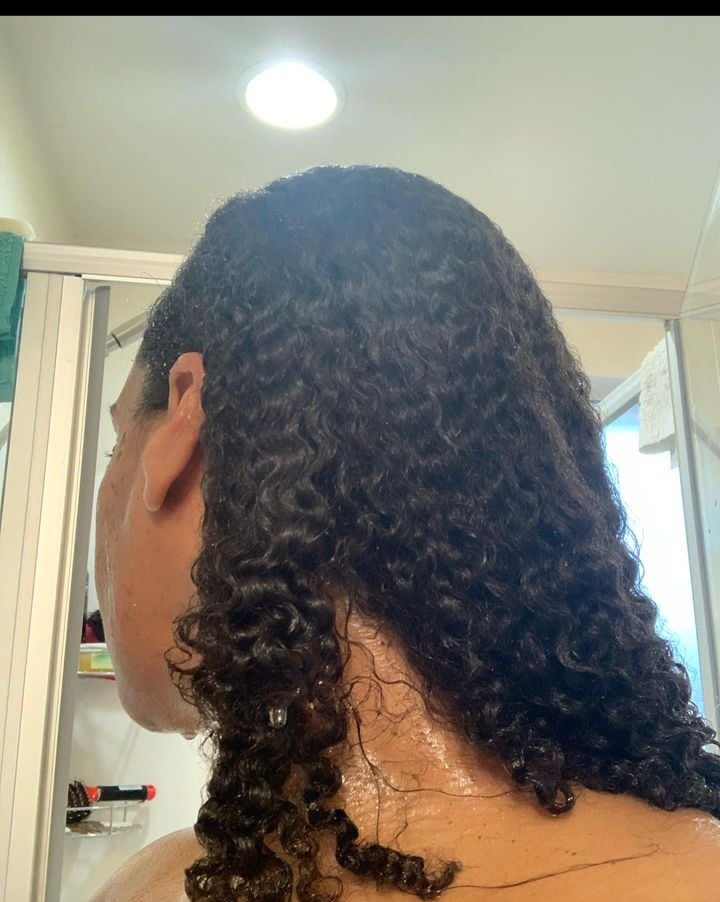Braid Hairstyles
How to Detangle Your Hair After Removing Braids
Braids are a beautiful and convenient way to style natural hair, and they come in different sizes and shapes, such as box braids, cornrows, twists, and more. However, when it’s time to remove them, it can be a daunting task, especially if you don’t know how to detangle your hair properly afterward.
If you’re struggling with detangling your hair after braids, don’t worry, we’ve got you covered. In this article, we’ll share some tips and tricks on how to detangle hair efficiently without causing too much damage.
How To Detangle Hair After Braids: An Easy Step-by-Step Guide

Before we dive into the detangling process, it’s essential to understand why it’s crucial to detangle your hair after braids.
When you have braids in your hair for an extended period, the hair strands can become tangled and matted, which can lead to breakage and hair loss if not handled correctly. Detangling your hair helps to remove any shed hair, knots, and tangles, which will make washing and styling your hair easier and prevent further damage.
The first step in detangling your hair after braids would be in gathering the tool you’ll need. Here are some of the things you’ll need:
- A detangling brush or wide-tooth comb: A detangling brush or wide-tooth comb is essential when detangling your hair after braids. These tools help to remove tangles and knots without causing too much damage to your hair.
- Hair oil or detangling spray: Using a hair oil or detangling spray can help to soften the hair and make it easier to detangle. You can use any hair oil of your choice or make a DIY detangling spray by mixing water and aloe vera juice or conditioner in a spray bottle.
- Hair clips or hair ties: You’ll need to section your hair into smaller parts to make the detangling process easier. Hair clips or hair ties will come in handy when dividing your hair into sections.
Now that you have all the necessary tools, let’s dive into the detangling process.
Step 1: Prepare your hair
The first step to detangling your hair after braids are to prepare your hair. You can start by applying hair oil or detangling spray to your hair which will help to soften your hair and make it easier to detangle.
Detangling spray is a type of hair product designed to make it easier to comb or brush through tangled hair, particularly after washing or swimming. It typically contains ingredients such as silicone, oils, and conditioning agents that help to smooth out the hair and reduce friction, making it easier to separate tangled strands without causing breakage or damage.
Detangling sprays can be used on wet or dry hair and are often used in combination with a wide-toothed comb or brush to gently work through knots and tangles. Some detangling sprays also provide additional benefits such as moisturizing, strengthening, or protecting the hair from heat or environmental damage.
Step 2: Divide your hair into sections
After applying the hair oil or detangling spray, divide your hair into sections using hair clips or hair ties. Start by parting your hair down the middle and then dividing each section into smaller parts. The smaller the sections, the easier it will be to detangle your hair.
Applying hair oils can be done as a hot oil treatment which would help serve the detangling purpose and promote healthy hair development. Hot oil treatment is a hair care technique that involves the application of warm oil to the hair and scalp to improve the health and appearance of the hair.
The warm oil penetrates the hair shaft and moisturizes the hair, making it softer and more manageable. It also helps to strengthen the hair, reduce breakage, and improve hair growth. To perform a hot oil treatment, use any natural oil of your choice, such as coconut oil, olive oil, castor oil, or jojoba oil.
Heat the oil in a microwave-safe container or on the stove until it’s warm but not hot. Test the temperature on your wrist to make sure it’s not too hot. Apply the warm oil to your scalp and hair, section by section. Massage your scalp with your fingertips to stimulate blood flow. After detangling, cover your hair with a shower cap or plastic wrap and leave the oil on for 30 minutes to an hour.
Step 3: Start detangling

Once you’ve divided your hair into sections, start detangling from the bottom of each section and work your way up. Use a detangling brush or a wide-tooth comb to remove any tangles or knots. Start at the ends of your hair and work your way up to the roots. Be gentle and patient when detangling, as pulling too hard can cause breakage.
In need of the right detangling brush, here are a few known options:
- Tangle Teezer The Original Detangling Hairbrush – This brush is designed to detangle hair gently and easily, without pulling or tugging on curls. It has flexible teeth that glide through hair, helping to reduce breakage and damage. The Tangle Teezer has received many positive reviews from people with curly and coily hair.
- Denman D3 Classic Styling Brush – The Denman brush is another popular option for detangling curly and coily hair. It has nylon bristles that are firm enough to detangle hair but gentle enough to prevent breakage. The brush is also designed to promote shine and smoothness.
Step 4: Wash your hair

Wet your hair thoroughly with warm water. Use your fingers to work the water through your hair and scalp, making sure to wet it down to the roots.
Apply a small amount of sulfate-free shampoo– it contains milder surfactants which are gentler to your hair and scalp and work it into a lather. Massage your scalp gently with your fingertips, being careful not to tangle your hair.
Rinse the shampoo out thoroughly with warm water, making sure to remove all traces of product from your hair and scalp. Apply a conditioner to the lengths of your hair, focusing on the ends. Use a wide-tooth comb or your fingers to work the conditioner through your hair, detangling again starting at the ends and working your way up toward the roots.
Leave the conditioner on for a few minutes, according to the product’s instructions, before rinsing it out thoroughly with warm water. Once you’ve rinsed out all the conditioner, gently squeeze the excess water out of your hair with your hands. Don’t rub your hair with a towel, as this can cause damage and tangling.
Step 5: Moisturize your hair
After washing your hair, it’s essential to moisturize it. The LCO and LOC methods are popular techniques for moisturizing natural hair. Both methods involve layering products in a specific order to help seal in moisture and keep hair hydrated. Here’s how each method works:
LOC Method:
Liquid: First, apply a water-based product like a leave-in conditioner or water to your hair. This provides a base layer of moisture for your hair.
Oil: Next, apply an oil like coconut oil or olive oil to your hair. The oil helps to seal in the moisture from the water-based product and prevent it from evaporating.
Cream: Finally, apply a cream or butter-based product like shea butter or styling cream to your hair. This helps to further seal in the moisture and provide additional hydration to your hair.
For the LCO method, the cream comes before the oil.


